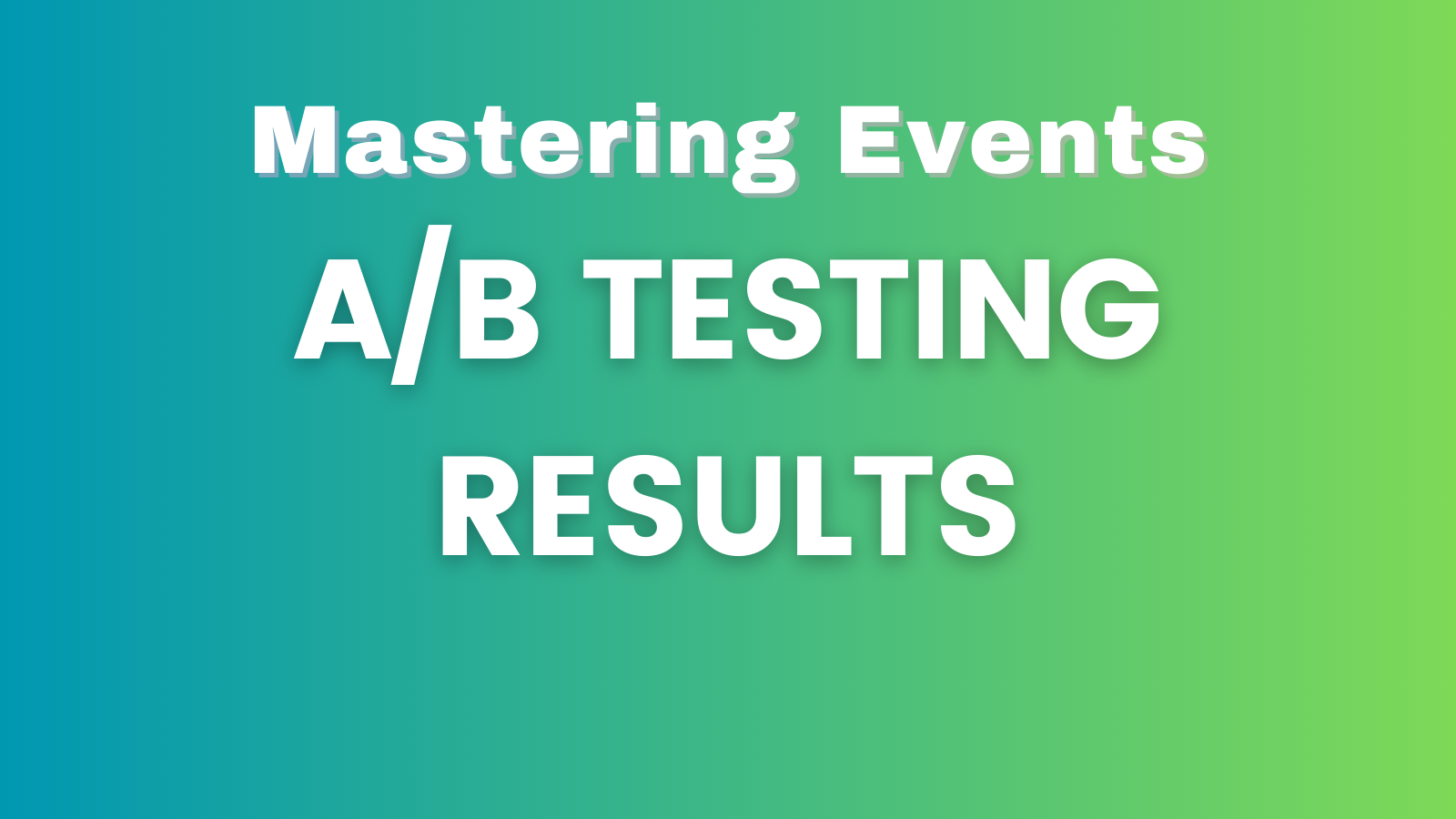A/B testing is a cornerstone of data-driven decision-making in various industries. It allows you to compare two versions of a webpage, email, or app to determine which one performs better in terms of user engagement, conversions, or other key metrics. In this article, we’ll delve into strategies for interpreting A/B testing results, along with real-world examples that illustrate the power of data-driven insights.
Understanding Statistical Significance
When analyzing A/B testing results, statistical significance is your guiding light. It tells you whether the differences observed between the A and B variants are due to chance or if they’re statistically meaningful. To determine significance, look for a p-value typically set at 0.05 or lower. If the p-value is below this threshold, the results are likely valid.
Example: Suppose you’re testing two different website headlines to see which one leads to more clicks. After running the test, you find that the p-value is 0.02. This indicates that the observed difference in click-through rates between the two headlines is statistically significant, suggesting that one headline is indeed more effective.
Context Matters: Consider Practical Significance
While statistical significance is crucial, practical significance is equally important. Sometimes, a result may be statistically significant, but the actual difference in performance might be too small to have a meaningful impact on your goals. Always assess whether the observed improvement is worth the effort and resources required to implement the change.
Example: Imagine you’re testing the color of a “Buy Now” button on an e-commerce website. The results show a statistically significant improvement in click-through rates, but the actual increase is only 0.2%. While statistically valid, this minor change might not justify the design and development effort.
Balancing Short-Term and Long-Term Goals
A/B testing is an excellent tool for optimizing short-term goals, such as improving click-through rates or conversions. However, it’s crucial to consider the long-term effects of changes on user experience and brand perception. Some changes that yield immediate benefits might negatively impact user satisfaction over time.
Example: Changing the layout of a news website’s homepage to increase ad clicks might lead to short-term revenue gains. However, if the new layout compromises the user experience by making it harder to find relevant articles, it could harm the website’s long-term reputation and readership.
Real-world Examples: Amazon’s Button Color Experiment
One of the most famous A/B testing examples is Amazon’s experiment with button colors. Amazon tested two button colors – green and yellow – to see which one generated more sales. The results showed that the yellow button outperformed the green button in terms of conversions.
This example highlights how a seemingly small change, like a button color, can have a significant impact on user behavior and engagement. It also showcases the power of A/B testing in guiding design decisions that lead to tangible business outcomes.
Implementing Insights: Google’s Search Results Layout
Google frequently conducts A/B tests to improve user experience. In one experiment, they tested the layout of their search results page. The results showed that a version with slightly larger font sizes and more breathing space between results led to higher user engagement.
By implementing these insights, Google was able to enhance user satisfaction and keep users on their search results page longer. This example demonstrates how A/B testing can inform design changes that positively influence user behavior and retention.
In conclusion, decoding A/B testing results requires a deep understanding of statistical and practical significance, as well as a balanced perspective on short-term and long-term goals. By analyzing data-driven insights and considering real-world examples, you can make informed decisions that optimize user engagement and drive business success. Remember, A/B testing isn’t just about comparing variants; it’s about extracting actionable insights that propel your product or service forward.
This article is part of the Mastering Events series.





